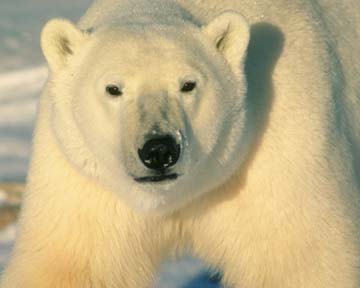Respiration occurs in this polar bear and in all other animals too.
Click on image for full size
Corel Photography
Respiration
You may have heard of
photosynthesis. That's where a plant uses energy from the Sun's rays to make its own food.
The opposite of photosynthesis is called respiration. The difference is that respiration happens in all organisms, including animals, plants, and bacteria.
During respiration, energy is made to support life. Without it, humans, other animals, plants and even bacteria wouldn't exist!
You might also be interested in:
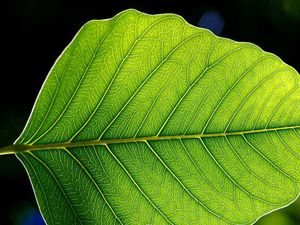
There are many different kinds of plants. Some have big leaves. Some have small leaves. Some even have flowers. All plants make their own food. When sunlight hits the leaves of a plant, photosynthesis
...more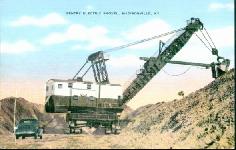
Eventually, photosynthesis by the earliest forms of plant life (a form of life capable of feeding itself instead of feeding off of others) began to produce significant amounts of oxygen. One important
...more
About 2.5 billion years ago (BYA) oxygen began to build up in the atmosphere. Life used this change to developed eukaryotic cells. These are cells which include a nucleus. Both heterotrophs (early animals)
...more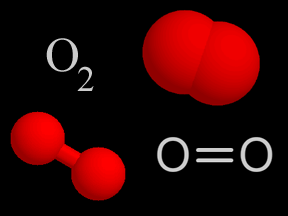
Oxygen (O2) is a kind of gas. A lot of the air you breathe is oxygen. That's a good thing, since we need oxygen to stay alive! About 4/5ths of the air in Earth's atmosphere is nitrogen (N2). Almost all
...more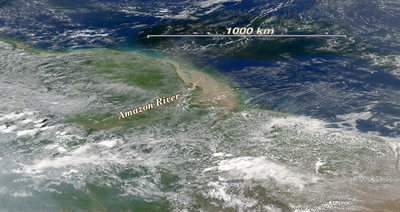
A large plume of nutrient-rich waters flows from the Amazon River far out into the ocean. Scientists have found that microorganisms living in the flow of water coming out of the Amazon River into the ocean
...more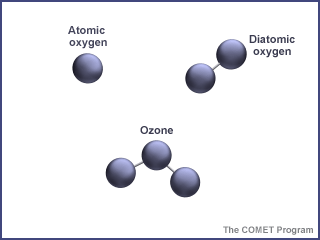
Ozone is a special kind of oxygen molecule. Normal oxygen molecules (O2), the kind we need to breathe, have two oxygen atoms. Ozone molecules (O3) have three oxygen atoms. Ozone forms when a photon of
...more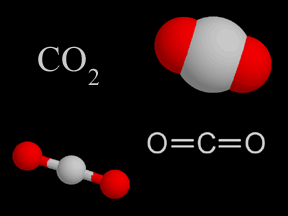
Carbon dioxide (CO2) is a kind of gas. There isn't that much carbon dioxide in Earth's atmosphere, but it is still very important. Carbon dioxide is a greenhouse gas. That means it helps trap heat coming
...more


